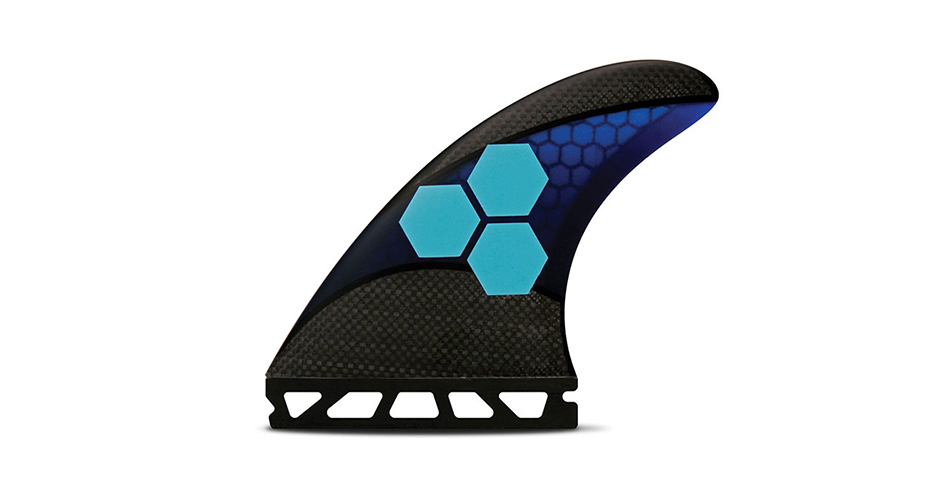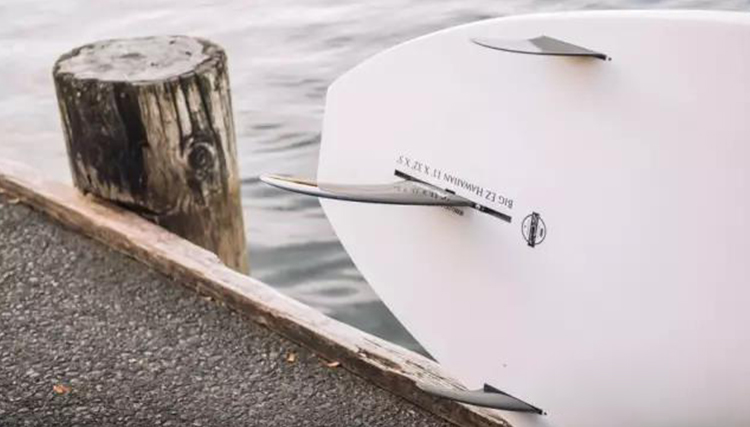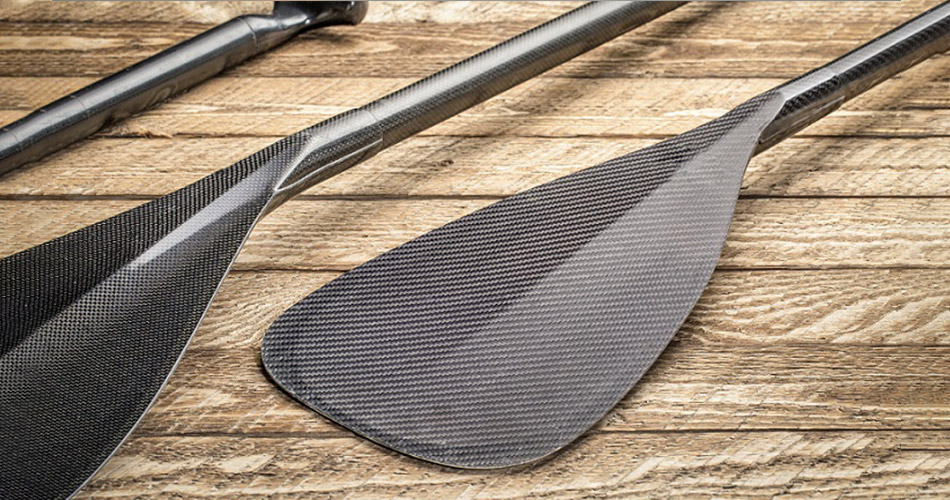
How to Choose SUP caudal fin
SUP caudal fin

Fins add tracking and stability to a paddle board. In general, larger fins with wider bases and longer front edges will track straighter and provide more stability than smaller fins. On the other hand, a smaller fin provides better maneuverability. There are many different options for how fins are configured on the bottom of your SUP. Some popular configurations include:
Single fin: Many SUPs include a single fin placed in a finbox and secured with a nut and screw. The finbox has a channel for the fin to slide back and forth in. The single fin provides good tracking and minimal drag, making it a good choice for flatwater paddling.
3-fin setup: Also called a thruster, this setup promotes straight tracking on flatwater and offers good control in surf. All three fins are usually about the same size.
2+1 setup: This configuration includes a larger center fin with a smaller fin on each side of it. This is a common setup on SUPs designed for surfing.
Race fins: These straighter, stiffer fins are best for downwind runs because they help longer boards (up to 14') track easier in large wind waves or rolling swell.
Fins for inflatable SUPs: Inflatable SUPs can have any of the fin configurations already listed. What sets them apart is that they feature either flexible rubber fins attached to the board or detachable semi-rigid fins that can be removed so that the SUP will fit neatly into its storage bag when not in use.
SUP other accessories

Depending on how you plan to use your SUP, you might want to look for a board with extra features, such as:
Bungee straps/tie down: Sometimes located on the front and/or rear of the board, these stretchy straps or tie-down spots are great for securing dry bags, clothing and coolers.
Attachment points: Some boards have specific attachment points for fishing-rod holders, seats, cameras and more. These accessories are typically sold separately.
After purchasing a board, you need just a few more key pieces of equipment to enjoy paddle boarding. These include:
Paddle: Stand up paddles have an angle or “elbow” in the shaft for maximum efficiency. Choose a paddle that’s roughly 6" to 8" taller than you are (note: some manufacturers recommend an 8" to 10" differential). You hold the paddle so that the blade slopes away from you.
PFD (Personal Flotation Device): The U.S. Coast Guard classifies stand up paddle boards as vessels (when used outside the narrow limits of swimming or surfing areas), so it is required that you wear a PFD. Note that the regulations also require you to carry a safety whistle and have a light available if you are paddling after sunset.
Proper clothing: For cool conditions where hypothermia is a concern, wear a wetsuit or dry suit. In milder conditions, wear shorts and a T-shirt or bathing suit—something that moves with you and can get wet and dries quickly.
Leash: Typically sold separately, a leash tethers your SUP to you, keeping it close by if you fall off. Your SUP is a large flotation device, so being attached to it can be important for your safety. There are leashes designed specifically for surf, flatwater and rivers; be sure to purchase the correct one for your intended use.
Car rack: Unless you have an inflatable SUP, you need a way to transport your board on your vehicle. There are specific SUP racks designed to go on the crossbars of your roof rack, or you can use padding, such as foam blocks, and utility straps to secure the board to the roof of your vehicle.




 yuanfang627
yuanfang627